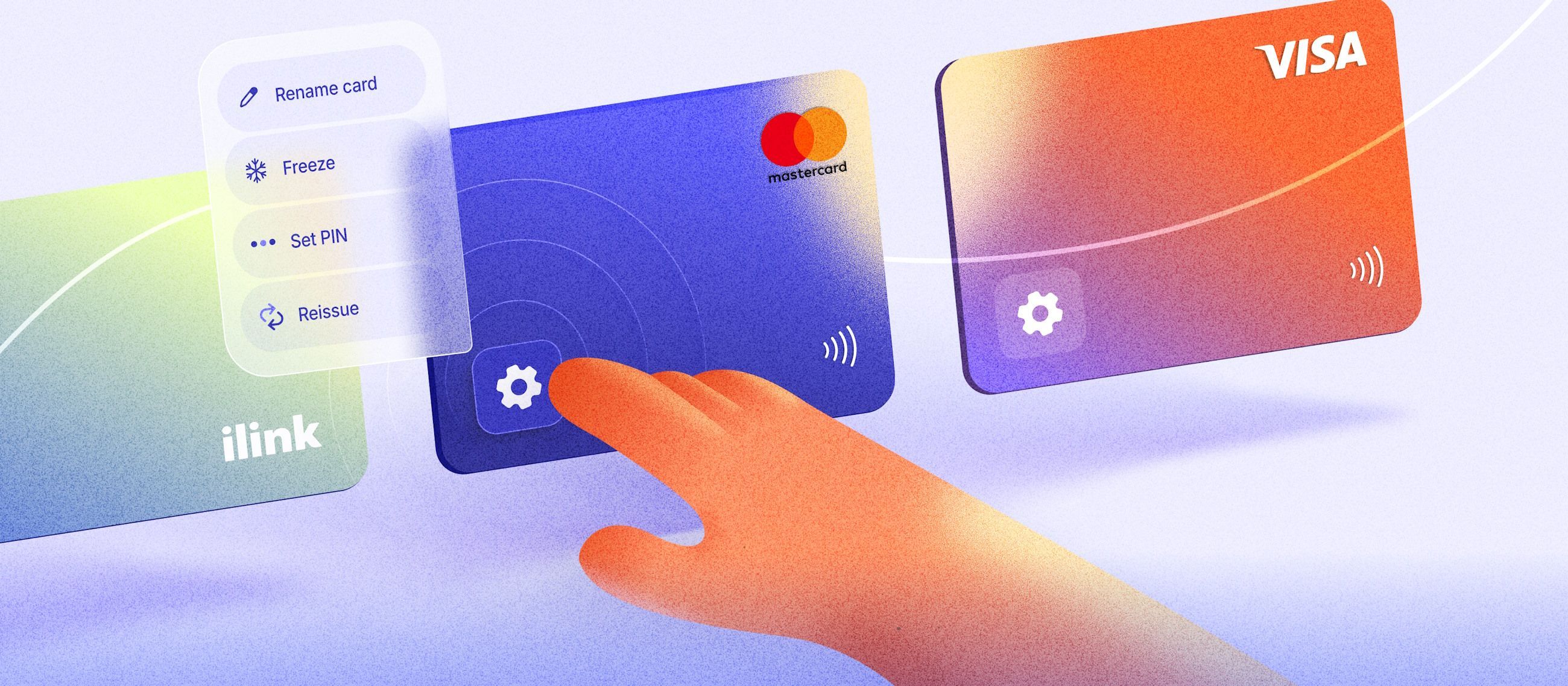Mobile Banking Software Development: Key Principles, Technologies, and Best Practices
Introduction
Mobile banking has become the primary communication channel between customers and financial institutions. Users expect instant access to their accounts, seamless payments, secure verification, and personalized services. That is why mobile banking software development has evolved into a strategic priority for banks, fintech companies, and neobanks.
In the era of rapid digital transformation, the quality of a mobile banking app directly impacts not only the customer experience but also the competitiveness of a financial organization.
What Is Mobile Banking and How It Works
Mobile banking is a complex software ecosystem that enables customers to manage their finances through mobile applications. Its foundation includes:
-
Client applications (iOS/Android);
-
Backend business logic;
-
APIs for interaction with the core banking system;
-
Payment integrations;
-
Security and monitoring systems.
Modern mobile banking solutions provide not only basic features (payments, transfers, card management) but also advanced modules such as investments, insurance, credit products, robo-advisors, chatbots, financial marketplaces, and more.
Main Features and Modules of Mobile Banking
Mobile banking software development begins with defining the core functionality:
-
Account and card management;
-
Payments, P2P transfers, multi-currency operations;
-
Investment tools and wealth management;
-
Lending and credit scoring;
-
Spending history and analytics;
-
KYC/AML and biometric identification;
-
Financial service marketplaces;
-
24/7 chat support and AI-driven assistants.
These modules allow banks to build full-scale digital ecosystems for their users.
Stages of Mobile Banking App Development
Mobile banking app development is a complex, multi-layered process that requires strategic planning, robust architecture, deep technical expertise, and uncompromising security. Unlike typical digital products, banking apps must remain stable under high load, process transactions instantly, comply with strict regulatory standards, and provide an intuitive user experience. Below is an extended overview of the key stages every mobile bank goes through, from concept to scalable digital product.
1. Analysis and Requirements Gathering
Every project begins with a deep assessment of the existing infrastructure and business processes. The team identifies which modules are necessary, how current systems interact, regulatory constraints, and how customers will navigate core scenarios.
In parallel, competitor analysis is conducted, user journeys are created, CJ maps are built, and other discovery activities are performed depending on project complexity.
This stage sets the correct strategic direction and helps avoid costly mistakes, critical in the banking sector.
2. UX/UI Design and User Experience Creation
After analytics, the team begins shaping the visual and functional concept of the application. Designers create interface maps, define screen structures, and develop interaction logic.
A unified design system is built to ensure visual consistency. Prototypes are created and tested to validate user flows and usability from the very beginning.
3. Architecture and Technology Stack Selection
This stage forms the foundation of the entire product. Architects design a microservice or hybrid architecture, determine independent modules, define data flows, and ensure the system can scale as the user base grows.
The technology stack for backend services, mobile development, integrations, security, and DevOps is selected. Deployment strategies, storage, event processing, data protection, encryption, and monitoring approaches are defined.
API-first principles, message queues, caching policies, and performance readiness are established at this point.
4. Backend Development and Business Services
The backend is the core of any mobile bank. It includes modules for account management, transaction processing, payments, card operations, AML/KYC, investment services, anti-fraud logic, notifications, analytics, reporting, and more.
Developers build a resilient backend system with a strong focus on security, ensuring consistency of financial operations and high performance under heavy load.
5. Client-Side Development for iOS and Android
Once backend logic is in place, the mobile team builds the user-facing part. The goal is to achieve an optimal balance between visual design, performance, security, and functionality.
Developers implement screens and features, refine responsiveness, optimize data loading, and integrate biometrics and secure storage. The app must work reliably across device generations and network conditions.
6. Integration of External Services and Payment Logic
A robust mobile bank requires multiple integrations: payment gateways, Visa/Mastercard, national payment systems, crypto providers (for Web3-enabled banks), mobile payment operators, KYC/AML vendors, anti-fraud platforms, investment services, insurance providers, and corporate solutions.
These integrations must be stable and secure, as failures can disrupt financial operations.
7. Comprehensive Testing and Security Audit
Testing is one of the most critical stages, and its scope is significantly larger than in standard mobile applications. QA engineers perform functional, integration, unit, load, regression, and UX testing. Transaction correctness, UI stability, performance, and error handling undergo rigorous validation.
Security audits, penetration tests, vulnerability assessments, and compliance checks are conducted to meet banking-level standards.
8. Deployment and Production Launch
After testing, the application is prepared for release. The DevOps team deploys infrastructure, configures CI/CD pipelines, sets up monitoring, logging, alerting, and load balancing.
The app is launched in the App Store and Google Play, synchronized with backend services, and passes final security validations. Initial release weeks involve enhanced monitoring for performance and stability.
9. Support, Improvements, and Scaling
Once launched, the app enters a long-term development cycle. New features are added, UX is improved, performance is optimized, and security is continuously reinforced. SDKs are updated, and compatibility with new OS versions is maintained.
User analytics guide further improvements, helping teams refine product strategy and expand the platform’s capabilities.
Technologies Used in Banking Software Development
- Microservices and containerization (Kubernetes, Docker);
- AI/ML for fraud detection, scoring, personalization;
- Blockchain for transaction transparency and asset tokenization;
- Big Data for behavioral analytics;
- Cloud computing for scalability and high availability.
Investment Banking Software Development
Investment banking software development requires deep knowledge of financial instruments, strict regulatory compliance, and high computational accuracy. These systems support asset management, risk analytics, trading operations, and portfolio monitoring, where even minor errors can affect financial outcomes.
Unlike traditional mobile banking, investment platforms handle massive data flows: real-time quotes, market feeds, aggregated analytics, predictive models, and regulatory reporting. Therefore, they are built on architectures optimized for extremely high loads and minimal latency.
Modern investment solutions typically include:
-
Real-time trading modules;
-
Robo-advisors for automated portfolio strategy;
-
Algorithmic trading tools;
-
Risk assessment and stress-testing systems;
-
Volatility and scenario analysis engines;
-
Portfolio analytics and calculation modules.
Such systems rely on flexible architecture, precise financial models, seamless integration with liquidity providers, and strict security standards.
Security in Mobile Banking
Security is the core of any mobile banking system. Users trust the app with personal information, biometric data, access to accounts, and financial operations—therefore protection must be multi-layered and embedded at every stage, from backend architecture to onboarding screens.
Modern mobile banking adopts a holistic security approach that covers data, infrastructure, users, and transactions. Beyond technology, processes matter: event monitoring, threat response, audits, key management, and continuous updates.
Key security components include:
- User protection: biometrics, 2FA, card tokenization, device checks;
- Application protection: encryption, secure storage, anti-tampering, environment integrity checks;
- Backend protection: closed APIs, Zero Trust models, service isolation, secure key storage;
- Anti-fraud: machine learning, behavioral analytics, geolocation analysis, anomaly detection;
- Infrastructure security: monitoring, logging, access policies, CI/CD scanning, cloud security.
Fraud detection plays a major role. ML models analyze transactions, compare them with behavioral patterns, and block suspicious activity in real time.
Security in mobile banking is a continuous process, not a one-time setup. Apps undergo regular updates, penetration testing, and security enhancements. This ongoing work preserves user trust and ensures system stability.
Business Benefits of Mobile Banking
Mobile banking provides significant advantages:
-
Reduced load on physical branches;
-
Increased customer engagement;
-
Higher LTV;
-
New revenue streams (investments, subscriptions, credit products);
-
Rapid scalability;
-
Fast launch of new services.
Mobile banking becomes the core of the financial ecosystem.
Why Banks Choose External Development Teams
External development teams help:
-
Accelerate development;
-
Cover niche roles (KYC/AML, risk models, investment modules);
-
Build enterprise-level architecture;
-
Reduce long-term operational costs;
-
Launch new products faster than competitors.
This is essential in a rapidly growing fintech market.
Why Banks and Fintech Companies Choose ilink
ilink has extensive expertise in developing mobile banking software, investment platforms, and enterprise financial systems. The team specializes in:
-
Designing banking-grade architecture;
-
Developing complex fintech solutions;
-
Integrating KYC/AML, anti-fraud, payment gateways;
-
Applying AI/ML and blockchain technologies;
-
Ensuring maximum security and scalability.
ilink builds digital banking products that meet the strictest industry standards.
Comments (0)
Latest Posts
This article explains how startups can choose the right tech partner, what services a specialized studio provides, and why the right choice directly affects the success of the entire project.
Developing a blockchain platform for eCommerce is becoming one of the key directions in the industry’s evolution.
Do You Have Any Questions?
Leave your details - we will contact you to answer all your questions




